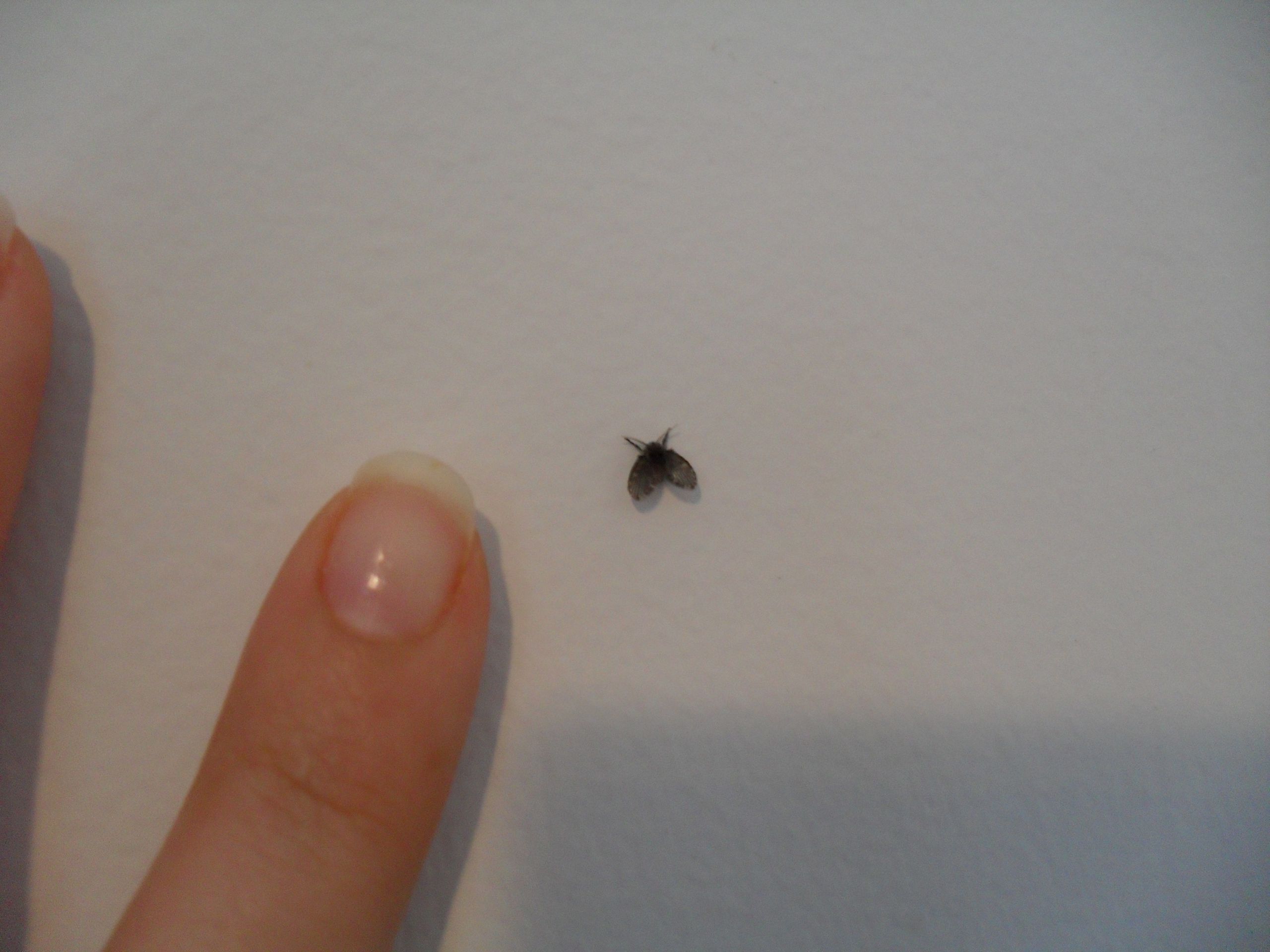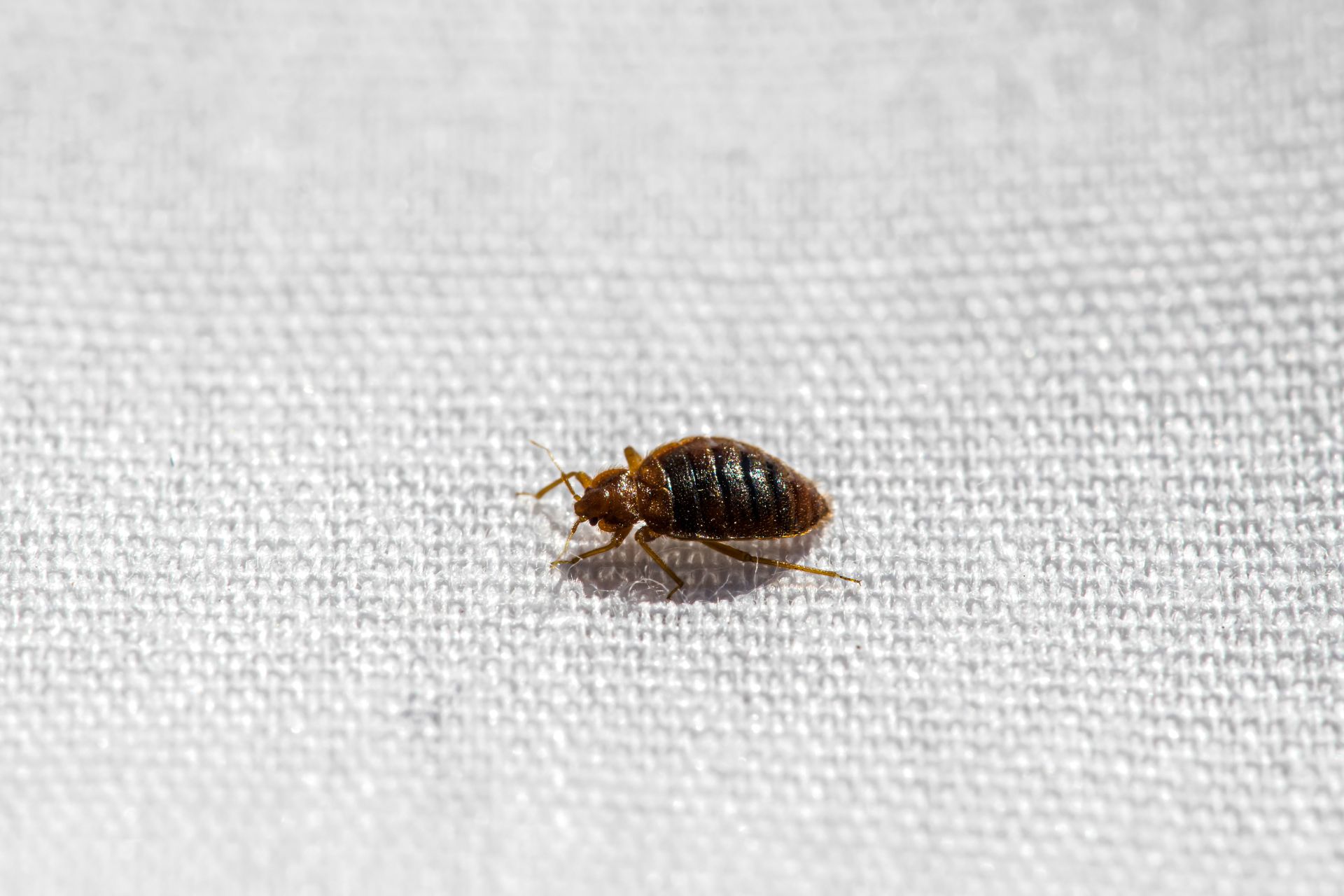Identifying the Bug

You’ve found a tiny worm-like bug in your bathroom, and you’re understandably curious about what it is. To help identify this little creature, let’s gather some details about its appearance, behavior, and location.
These details will help us narrow down the possibilities and identify the specific type of bug you’re dealing with.
Appearance, Small worm like bug in bathroom
To start, tell us about the bug’s appearance. How big is it? What color is it? Does it have any distinctive features like stripes, spots, or a segmented body?
It’s helpful to compare the bug’s size to familiar objects. For example, is it as big as a grain of rice, a pencil tip, or a sesame seed?
Movement
How does the bug move? Does it crawl slowly, jump, or fly? Does it move in a straight line or a more erratic pattern?
Location
Where did you find the bug? Was it on the floor, walls, ceiling, in the bathtub, or somewhere else?
Knowing the location can help us determine if the bug is attracted to certain conditions, such as moisture, warmth, or food sources.
Other Observations
Were there multiple bugs, or just one? What time of day did you see it? Did you notice any other insects in the bathroom?
This information can provide clues about the bug’s habits and whether it’s part of a larger infestation.
Addressing the Bug Infestation: Small Worm Like Bug In Bathroom

Once you’ve identified the type of worm-like bug in your bathroom, the next step is to take action to eliminate the infestation and prevent it from recurring. This involves understanding the bug’s habits and creating an environment that is unfavorable for its survival.
Preventing the Bug from Returning
Preventing the bug from returning is crucial to maintaining a pest-free bathroom. This involves eliminating the factors that attract the bug and creating an environment that is inhospitable to its survival.
- Seal Cracks and Gaps: These small openings provide entry points for bugs. Use caulk or sealant to seal cracks around plumbing fixtures, baseboards, and windows.
- Clean Spills Immediately: Food and drink spills can attract bugs. Wipe up spills promptly and keep surfaces clean and dry.
- Eliminate Food Sources: Bugs need food to survive. Store food in airtight containers, dispose of garbage regularly, and clean up any food crumbs or spills.
- Reduce Moisture: Some bugs thrive in damp environments. Ensure good ventilation in your bathroom, use an exhaust fan during showers, and dry up any water spills immediately.
Removing the Bug from the Bathroom
Once you’ve taken steps to prevent the bug from returning, it’s time to remove the existing infestation. There are several methods you can use:
- Vacuum Cleaner: Use a vacuum cleaner with a crevice tool to remove bugs and their eggs from hard-to-reach areas.
- Insecticide Spray: Use an insecticide spray specifically designed for the type of bug you’re dealing with. Follow the instructions carefully and wear protective gear.
- Natural Remedies: Consider using natural remedies like diatomaceous earth, which dehydrates bugs, or essential oils like peppermint oil, which repel them.
Maintaining a Clean and Dry Bathroom
Regular cleaning and maintenance are essential for preventing future infestations. Here are some tips:
- Clean Regularly: Clean your bathroom regularly, focusing on areas where bugs might hide, such as under sinks, behind toilets, and in corners.
- Dry Surfaces: After cleaning, dry all surfaces thoroughly. Moisture attracts bugs and creates a breeding ground for them.
- Keep Trash Cans Clean: Empty and clean your trash cans regularly to prevent the buildup of food scraps and other debris that attract bugs.
- Prevent Mold and Mildew: Mold and mildew can also attract bugs. Ensure good ventilation and promptly address any signs of mold or mildew growth.
Eliminating the Bug Infestation: A Step-by-Step Guide
To effectively eliminate the bug infestation, follow these steps:
- Identify the Bug: Determine the type of bug you’re dealing with. This will help you choose the appropriate methods for removal and prevention.
- Seal Entry Points: Inspect your bathroom for cracks and gaps that might be allowing bugs to enter. Seal these openings with caulk or sealant.
- Clean and Dry Surfaces: Thoroughly clean your bathroom, paying particular attention to areas where bugs might hide. Dry all surfaces completely.
- Remove Food Sources: Dispose of any food scraps or spills. Store food in airtight containers.
- Apply Insecticide: If necessary, apply an insecticide spray specifically designed for the type of bug you’re dealing with. Follow the instructions carefully and wear protective gear.
- Vacuum and Dispose: Use a vacuum cleaner to remove bugs and their eggs. Dispose of the vacuum bag or contents in a sealed trash bag.
- Monitor and Repeat: Monitor your bathroom for signs of bugs. If you see any, repeat the cleaning and treatment process.
Safety Precautions
When using insecticide sprays, it is crucial to take safety precautions:
- Wear Protective Gear: Always wear gloves, a mask, and eye protection when using insecticides.
- Follow Instructions: Read and follow the instructions on the insecticide label carefully.
- Ventilate the Area: Open windows and doors to ensure good ventilation while applying insecticides.
- Keep Children and Pets Away: Keep children and pets away from the treated area until the insecticide has dried.
Recommended Tools
To effectively eliminate the bug infestation, you will need the following tools:
- Vacuum Cleaner with Crevice Tool: For removing bugs and their eggs from hard-to-reach areas.
- Insecticide Spray: Specifically designed for the type of bug you’re dealing with.
- Caulk or Sealant: For sealing cracks and gaps.
- Cleaning Supplies: For thorough cleaning of the bathroom.
- Protective Gear: Gloves, mask, and eye protection for using insecticides.
